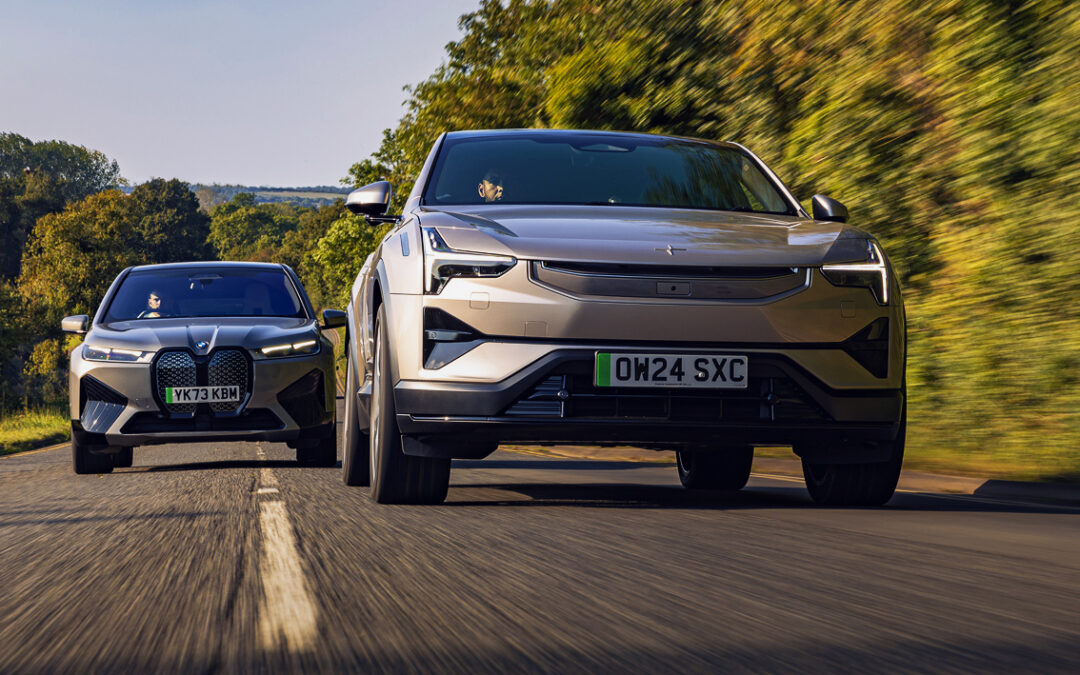
THE GIANT TEST
Polestar 3 | BMW iX
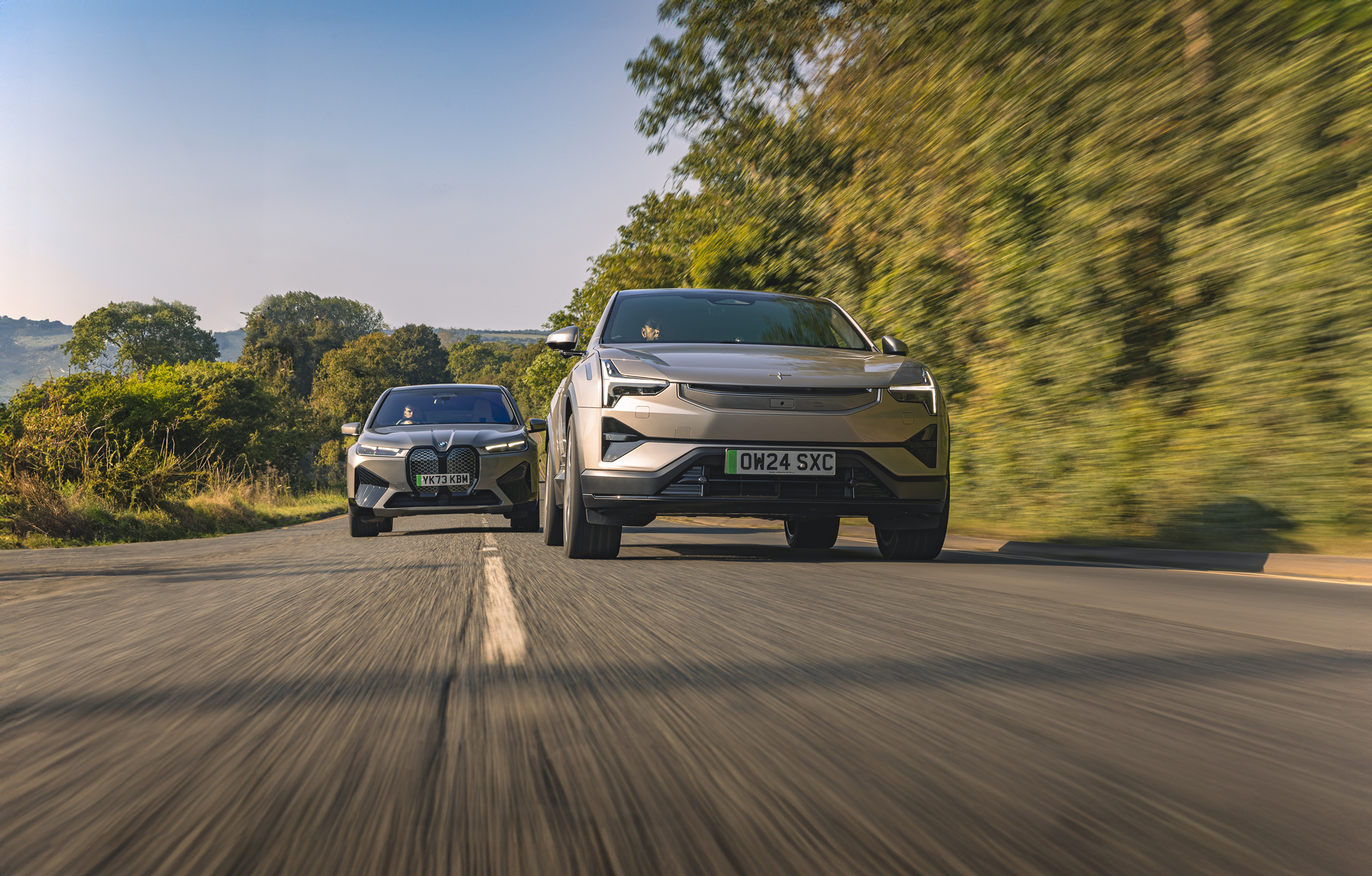
LOOKING UP
Big SUVs can be pretty dull. Not this electric pair. But which is best – the familiar BMW or the upstart Polestar, aimning to beat the German car at its own game?
There are two features of the Polestar 3 that tell you a huge amount about its Swedish manufacturer.
The first can be seen on the do-it-all touchscreen, where you’ll find a button that allows you to instantly switch off the speed-limit warning bong, a safety-minded device that has to be there for legal reasons. Polestar might be all about clean living, EV-only and puritanical design, but that button tells you that Polestar is on your side.
The second: it’s available in the UK with zero per cent APR finance on a PCP deal. Taking the car we’re testing today – a Long Range Dual Motor at £75,900 – that means you could drive one for £659 a month with a £11,300 deposit. The Long Range Single Motor is even more competitive.
The nearest equivalent from Polestar’s former parent company Volvo doesn’t go any lower than 1.9 per cent, while the BMW iX that’s today’s rival for the Polestar 3 demands 3.9 per cent. Combined with the considerably heftier starting price of the iX (£104,285), it means the Bavarian car’s PCP is nearly twice as much a month.
It wouldn’t be an issue if the BMW was clearly worth every penny of the extra
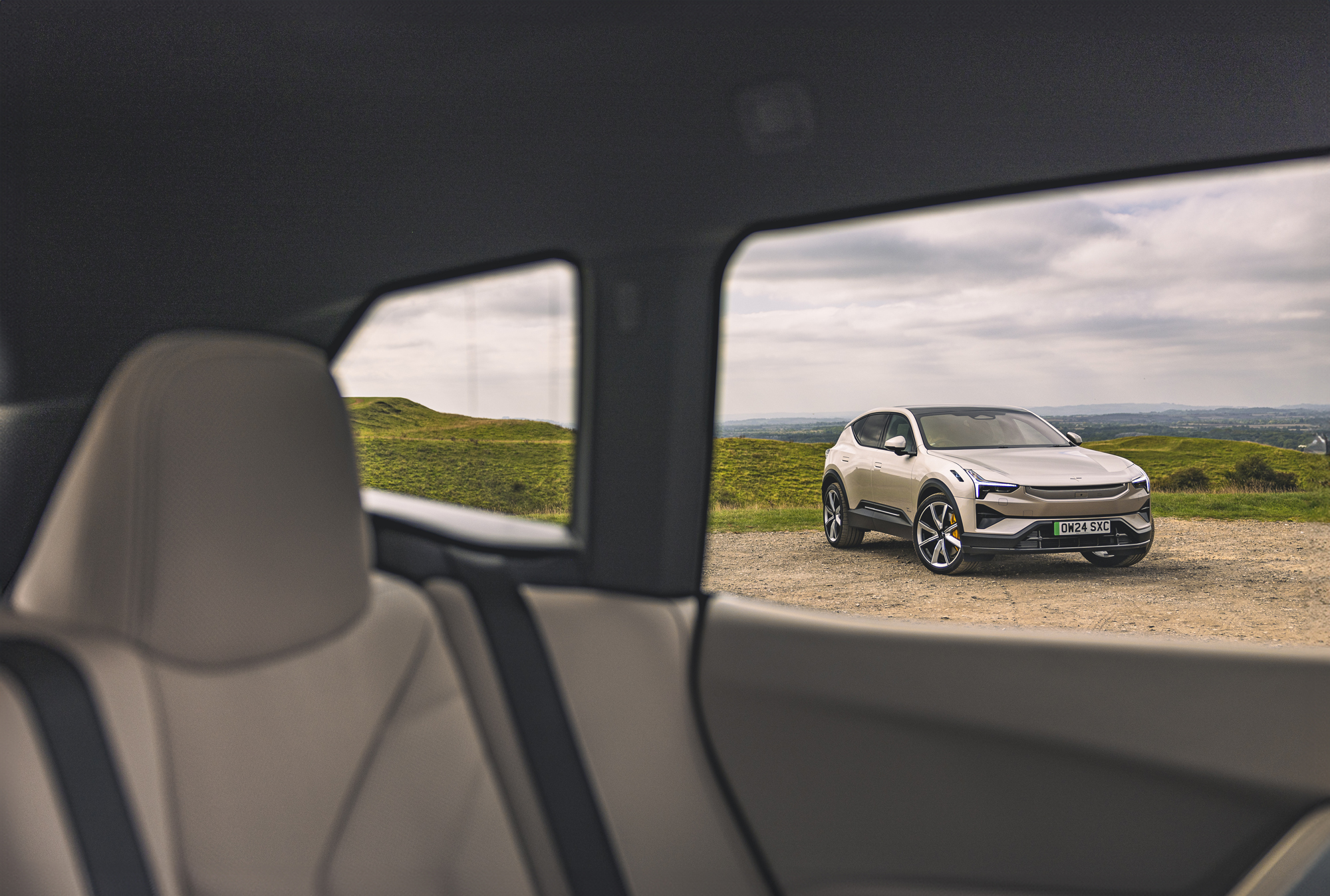
The cynic will point out that Polestar very much needs to shift some units to help the stock markets view it in a more positive light. But from a potential buyer’s point of view, that sort of business talk is much less interesting than the price disparity between these two cars.
It wouldn’t be an issue if the BMW was clearly worth every penny of the extra. Let’s find out whether it is.
The 3 is based on the same SPA2 platform as Volvo’s EX90 but this time with only five seats, not seven. As if to prove the two cars are targeted at different markets, the Polestar is almost wilfully impractical, the neat styling and sloped back leading to a compromised boot: the iX has a more useful, taller space even if the numbers in the spec panel say otherwise. The EX90 is positively Transit-like in comparison.
Both the 3 and the iX are on EV-only platforms – SPA2 features a relatively conventional skateboard battery in a steel monocoque, while the BMW channels the spirit of its ground-breaking i3 ancestor by going for a slightly more unusual approach. BMW calls it an aluminium spaceframe set-up, but this isn’t Stirling Moss in a bare-bones Lotus 18 – rather an extruded aluminium chassis with a ‘carbon cage’ of carbonfibre-reinforced plastic to give maximum stiffness and minimum weight. Just as well, when the thing weighs 2.5 tonnes even with all that tech.
Battery sizes are similar – Polestar’s nickel-manganese-cobalt CATL battery is the same as the Volvo’s, delivering 107kWh of usable juice and a range that gets to a claimed 383 miles, while BMW’s runs to 109kWh and 365 miles.
Unexpectedly, given BMW’s impressive history in this area, the Polestar’s cockpit feels the more driver-focused
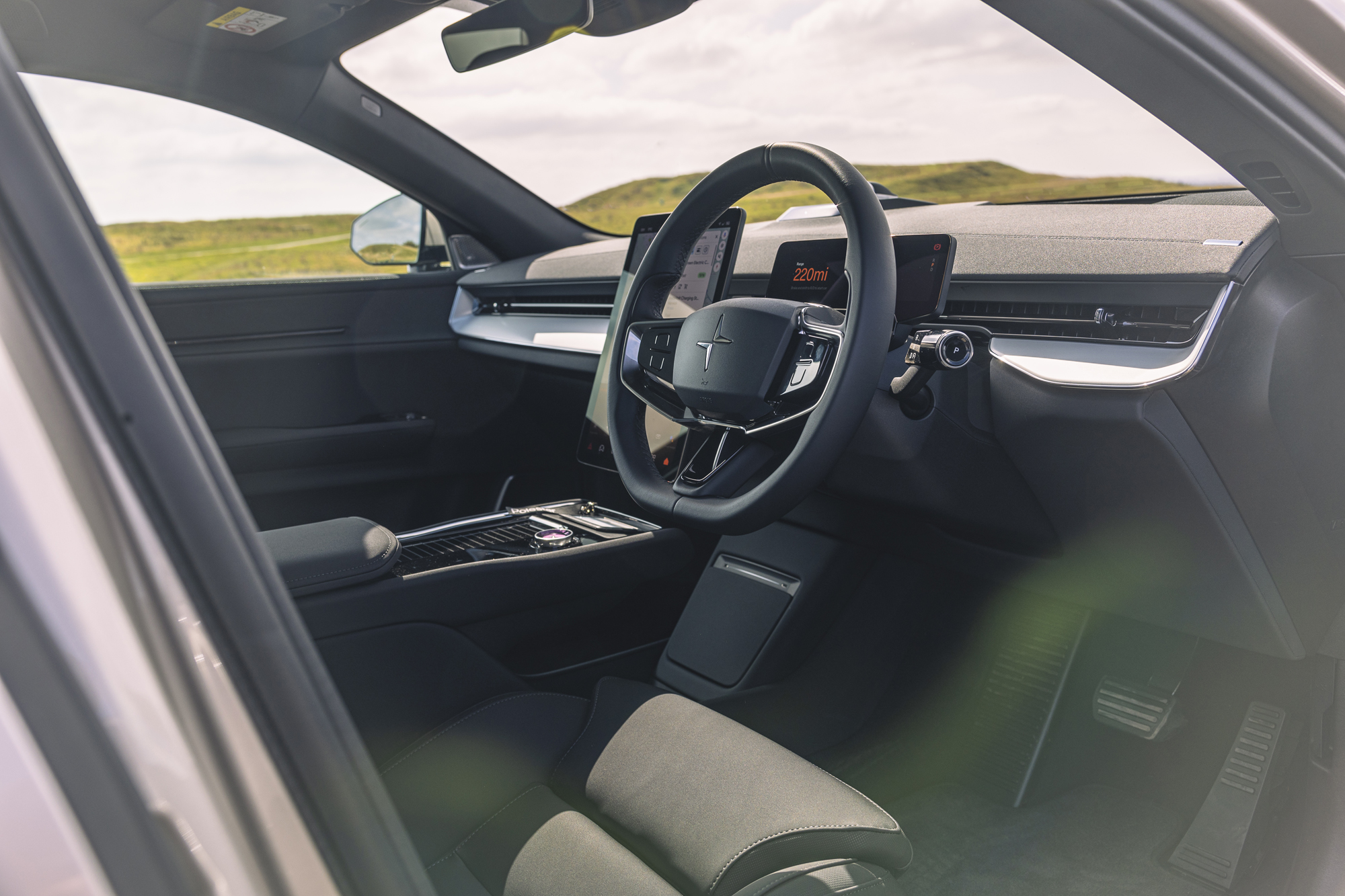
Real-world figures were disappointing for both, admittedly on a test loop that included plenty of stop-start driving. The Polestar 2’s efficiency has always felt undercooked and the 3 is no different, achieving 2.4 miles per kilowatt-hour, which equates to a 257-mile range, 15 miles short of the iX. Charging speeds are better in the Polestar: 250kW DC vs 200kW.
Inside the Polestar, you’re greeted by a typical 2020s interior with clean, digital living to the fore. There is a leather option (£5000, and the claim that it’s ‘animal welfare’ leather) but as standard it comes with a material that uses pine oil instead of PVC derived from fossil fuel. There’s even a large label on each front seat explaining as much. The seats don’t envelop you around the sides quite as much as the BMW’s but they give support in all the right places.
Unexpectedly, given BMW’s impressive history in this area, the Polestar’s cockpit feels the more driver-focused. You sit lower, the shoulder line is higher, and with the 3’s more traditional, sectioned-off driver’s area, it instantly feels as if you’re hunkered down and ready to go.
Sustainability is to the fore with both – Polestar goes to great lengths to highlight the 3’s ‘cradle to gate’ CO2 emissions of 24.7 tonnes, lower than the Polestar 2 when it launched. But BMW is similarly focused on clean production methods, using hydropower in its factory and, as with Polestar, fitting eco-friendly materials in the car. Both, for example, use recycled fishing nets in the carpets. Surely we’re getting to the point where fishermen could be charging a premium, given how many manufacturers are claiming to be stripping the world’s oceans of this rubbish.
The 3 is unusual in this and it’s certainly a point of difference
The 3’s touchscreen is vast and dominating, with just about enough easy shortcuts to make daily driving bearable, albeit lacking the BMW’s iDrive system (which remains the driver interface that makes the best argument for touchscreen-dominated infotainment). It’s all Google-enabled, as with the 2 and indeed every current Volvo, so the basic principle of it will be familiar to anyone who’s been in one of those.
What’s not so familiar is the excellence of the Polestar’s audio equipment, at least if you splash out £5000 on the optional Plus pack. The Bowers & Wilkins set-up uses Dolby Atmos and, if you’re playing an Atmos-enabled track, is staggeringly clear and full of detail. The BMW has the same base system, but does without the Atmos tech, and you can tell the difference.
Both cars have all-wheel drive; the Polestar opting for twin permanently excited motors to power the axles (241bhp at the front, 268bhp at the rear; total output 483bhp) and the BMW the less conventional electrically excited units with 516bhp. The Polestar’s interesting bit, and trump card, lies towards the rear of the car: a mechanical BorgWarner differential. The crucial difference this brings is actively pushing the power to the outer wheel during cornering rather than using electronics to brake the inside wheel.
The 3 is unusual in this and it’s certainly a point of difference with the more vanilla approach of its non-identical twin, the Volvo EX90. It can also de-clutch entirely, and indeed does so when the 3 is cruising along; at those times, the 3 becomes front-wheel drive. Anyone looking to the Long Range Single Motor version that will arrive next year as a potential bargain option (it’s £69,900) should know that it won’t come with the trick diff. Pity.
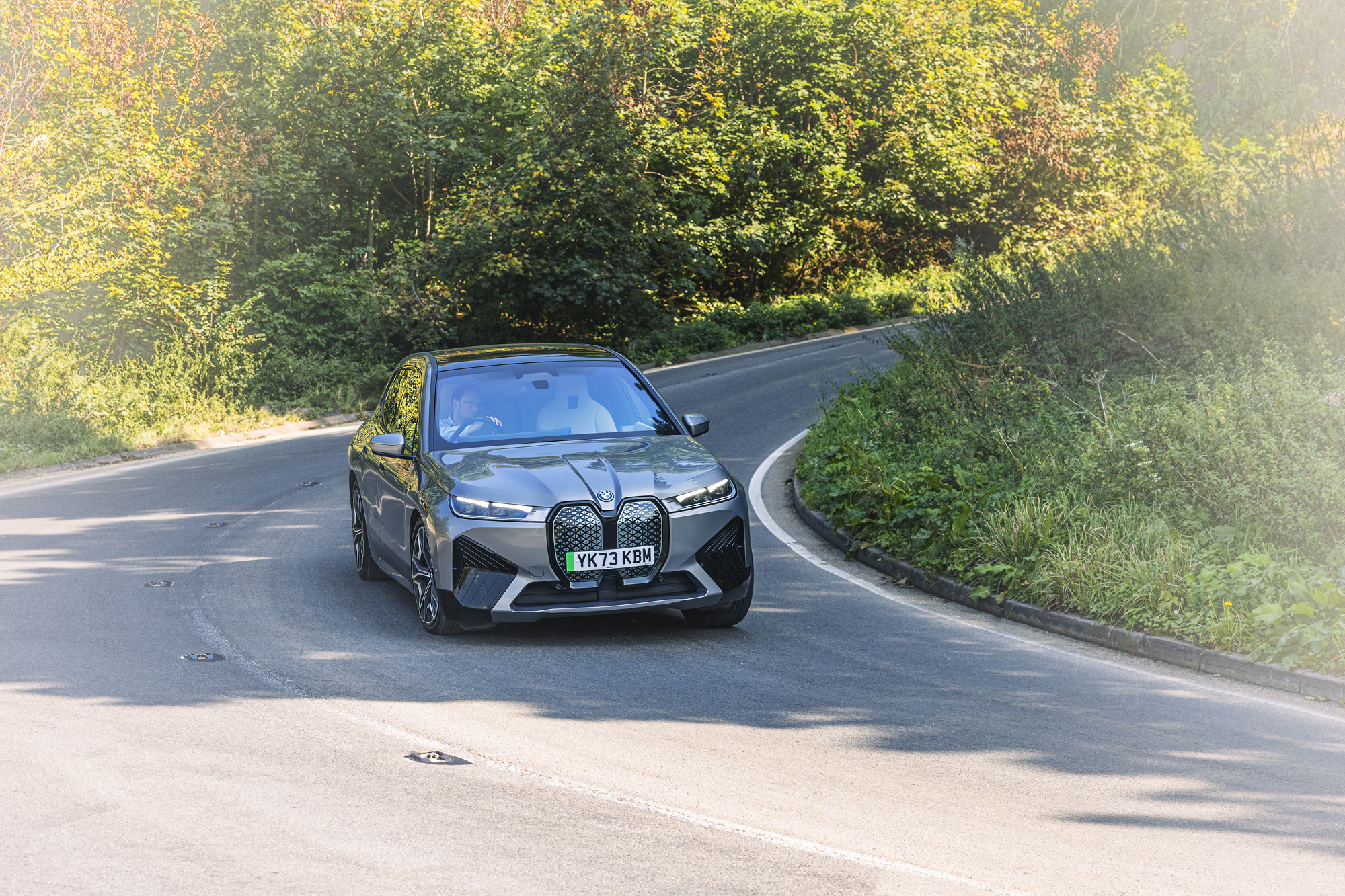
The BMW does without any driving modes. After spending time prodding between the various settings on the Polestar and ending up back in the default middle settings for steering and ride, you can sympathise with that simpler approach. The exception on the Polestar is Performance mode, which gives a level of throttle response you don’t get with the default Range setting.
But this is quibbling. For a large, SUV-shaped EV, the Polestar 3 drives well. Despite the 2.5-tonne weight, it turns in with a satisfying degree of bite. By being aggressive with the steering and throttle, you can start to feel the BorgWarner diff tightening the line as you hit the apex, making the 3 a car that rewards in the style of a Porsche Macan rather than mimicking the more subdued attitude of the EX90.
When I drove the Volvo a few weeks ago, it proved to be an extremely comfortable and refined car, ticking a lot of Volvo boxes. But it was also very one-dimensional; there was no depth to the experience. The Polestar is very different. I wouldn’t go so far as to label it a drivers’ car in the style of a Porsche Taycan, but it’s definitely a car with a lot to offer the enthusiast. Although please can someone please find a way to make these electrically assisted steering systems feel more organic…
Don’t let all this praise for the Polestar mislead you into thinking BMW has forgotten how to make a good driver’s car. In fact, there’s one area where the German car is much better: ride quality. Both our test cars have air suspension (a £2k option on the BMW, and single-chamber where the Polestar is double-chamber) and similarly massive 22-inch wheels, which might lead you to expect them to be similar. But in reality, the 3 inherits some of the Polestar 2’s lumpier ride characteristics, picking out bumps the BMW manages to absorb.
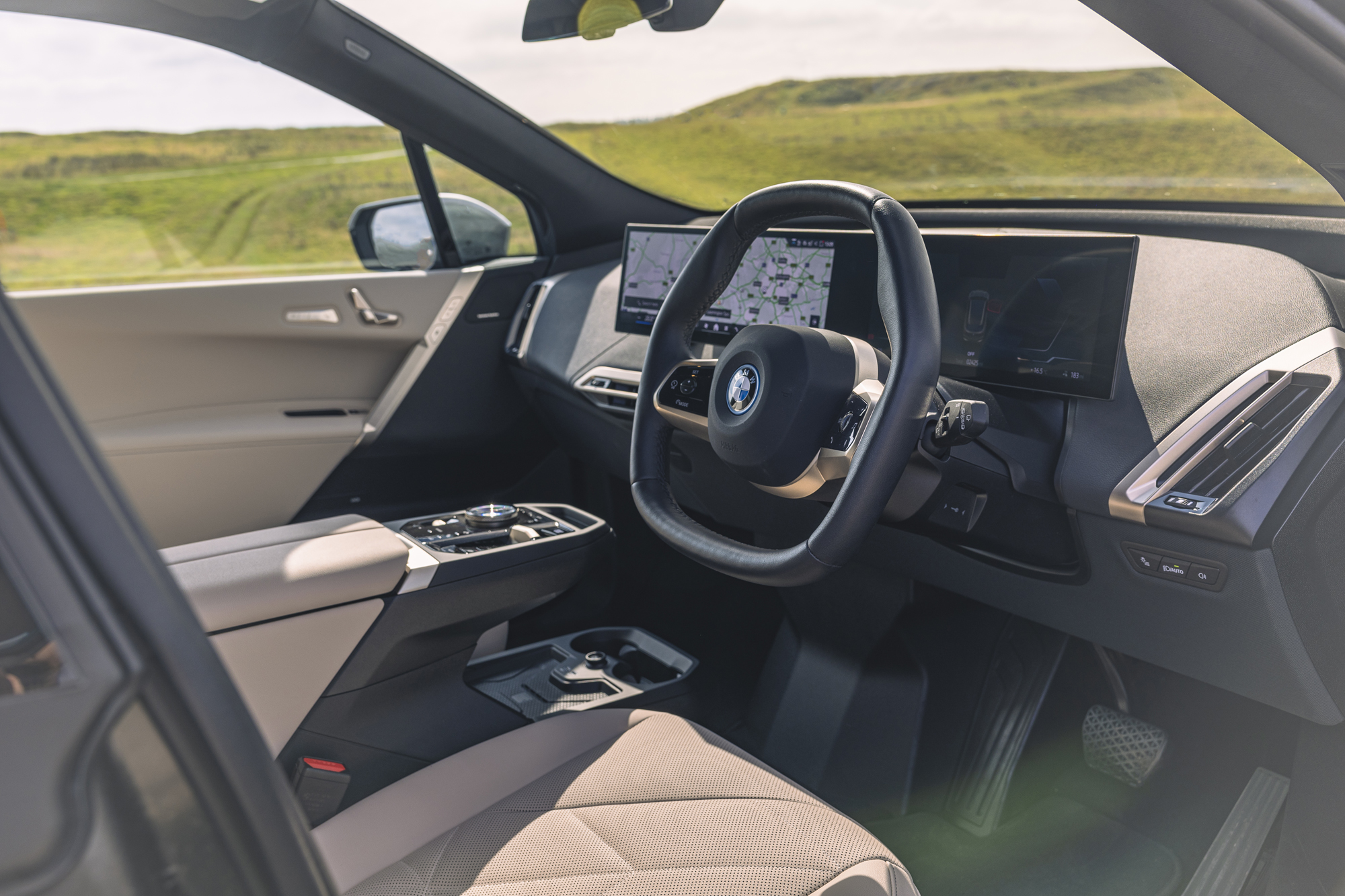
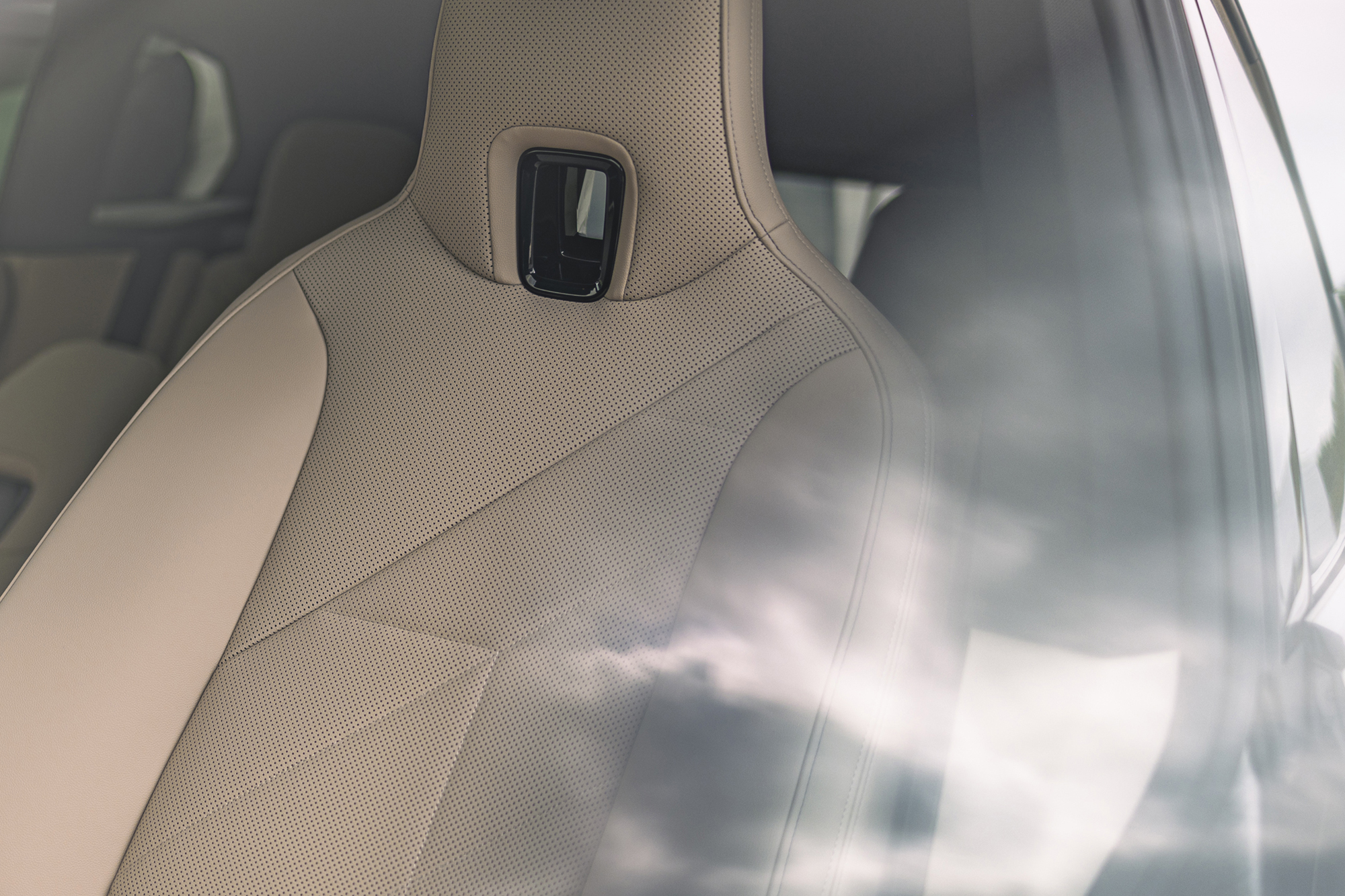
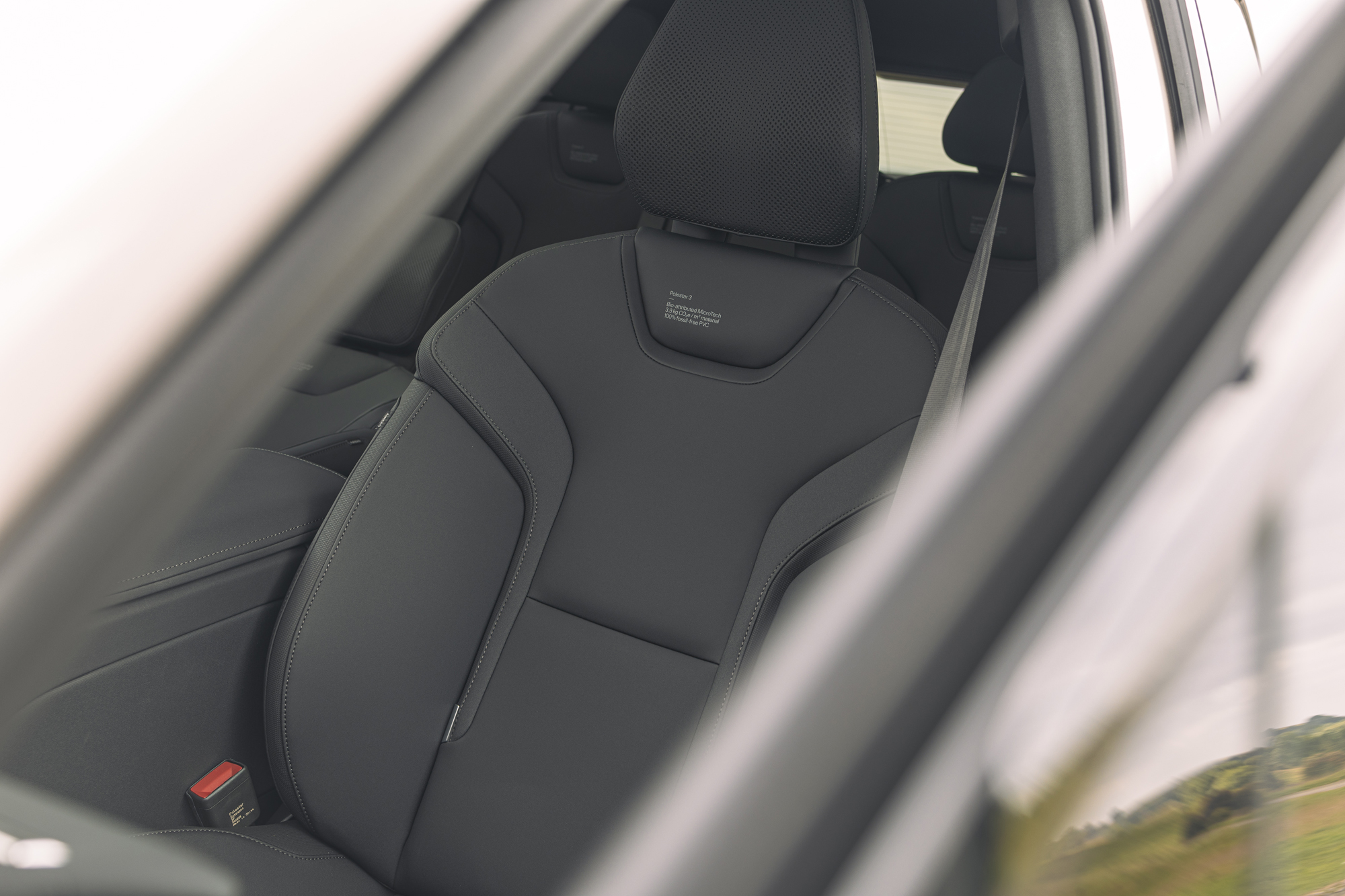
Clockwise frop top: BMW’s interior; one of the 3’s five seats; the iX offers a familliar hug
So although in corners the BMW has more roll and less precision than the Polestar, the iX relaxes into the road whereas the Polestar skips across it – not to the point of being uncomfortable, but fidgeting enough to make it noticeable. The BMW does a better of silently padding into the background.
The rapid claimed 0-62mph times prove to be just that in reality: both will snap your head back into the headrest with formidable ease. (The Polestar 3 feels far more vigorous than the theoretically similar EX90.) In both the BMW and the Polestar there’s plenty of surplus ability built in, meaning any journey is swallowed as easily as an oyster. The BMW has perhaps a fraction more torque in reserve at higher speeds thanks to its electrically excited motors, but neither is going to leave you floundering.
That’s the key feature that lets EVs like this excel: an effortless and smooth powertrain, making light work of any journey
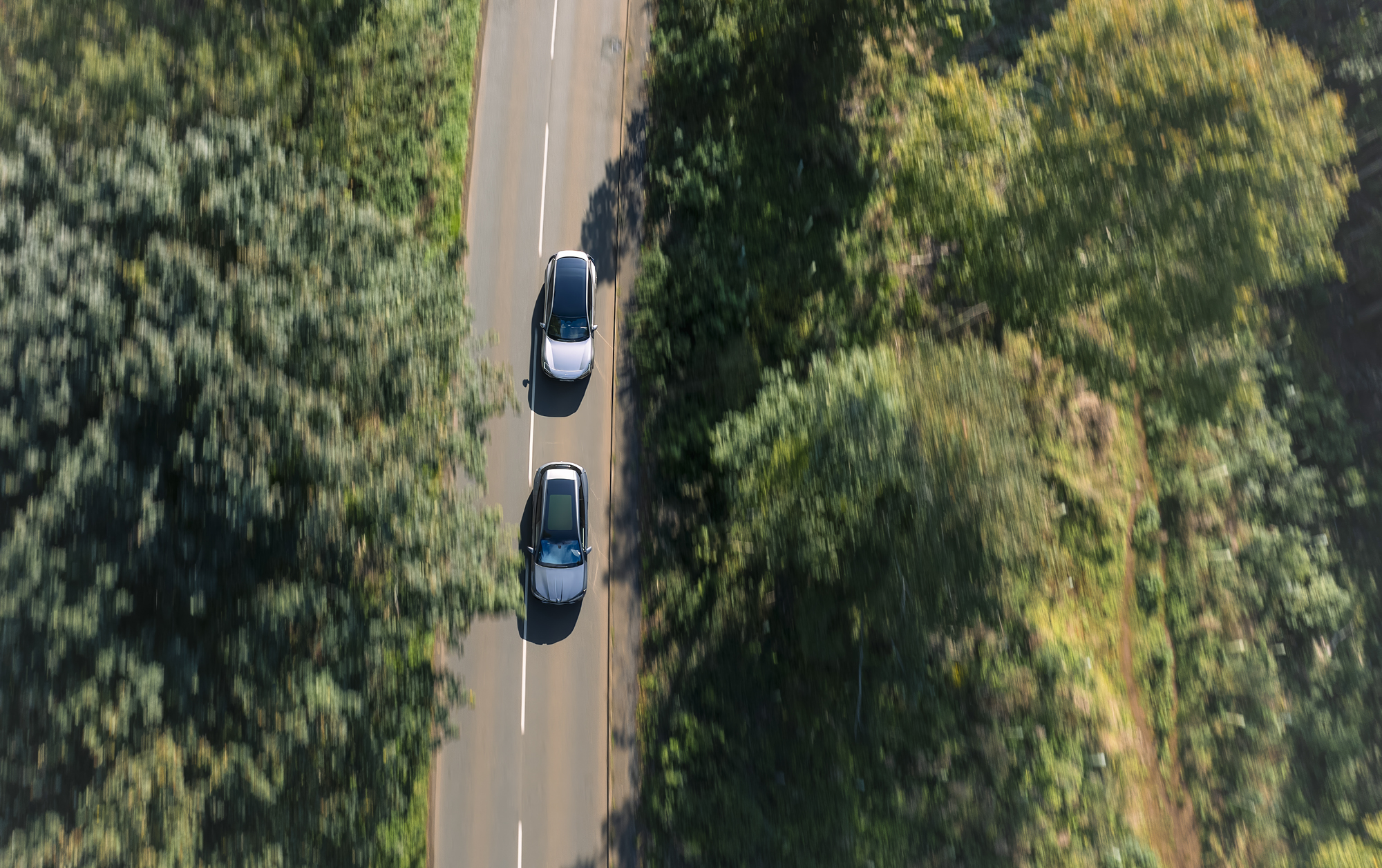
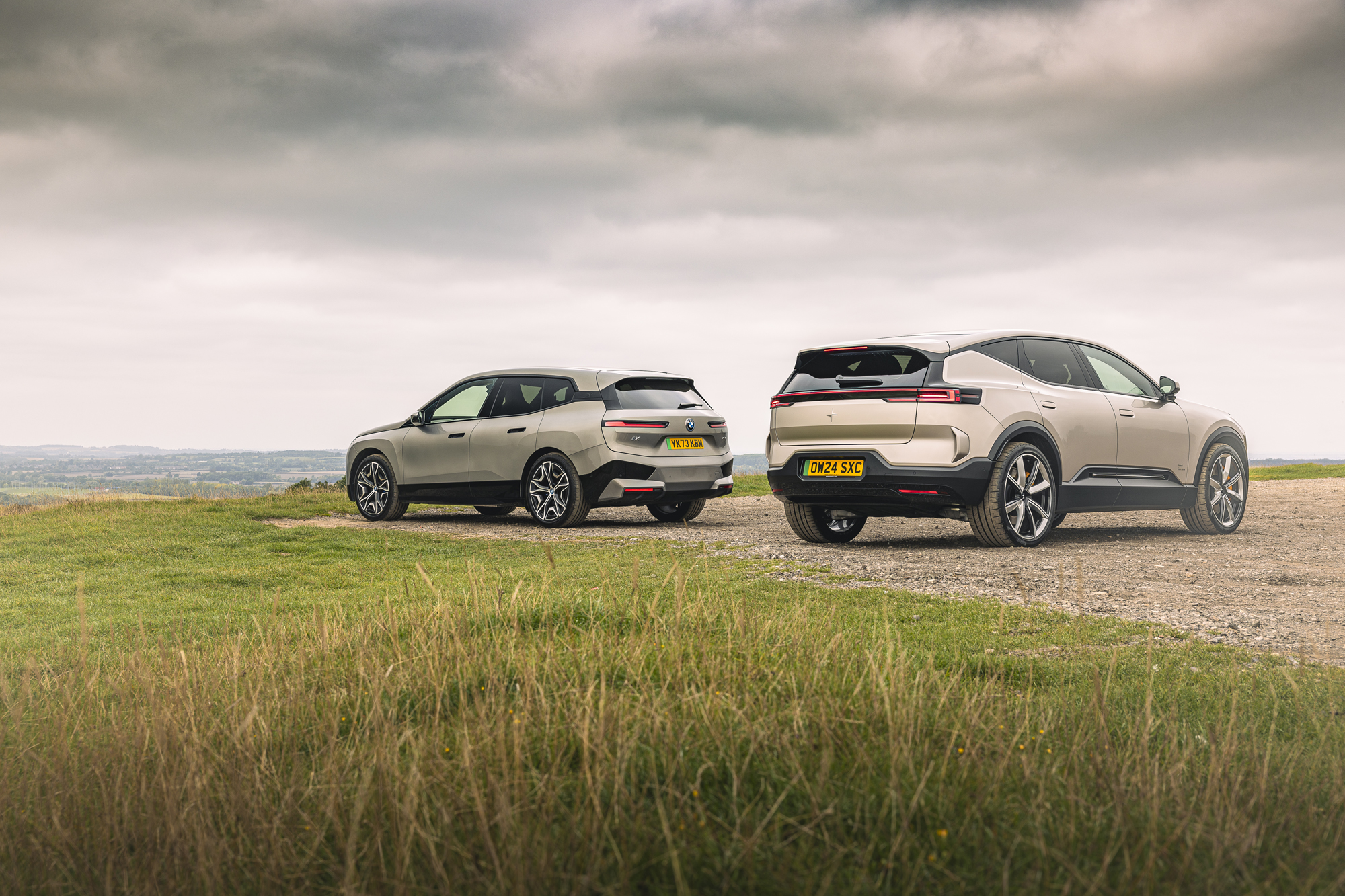
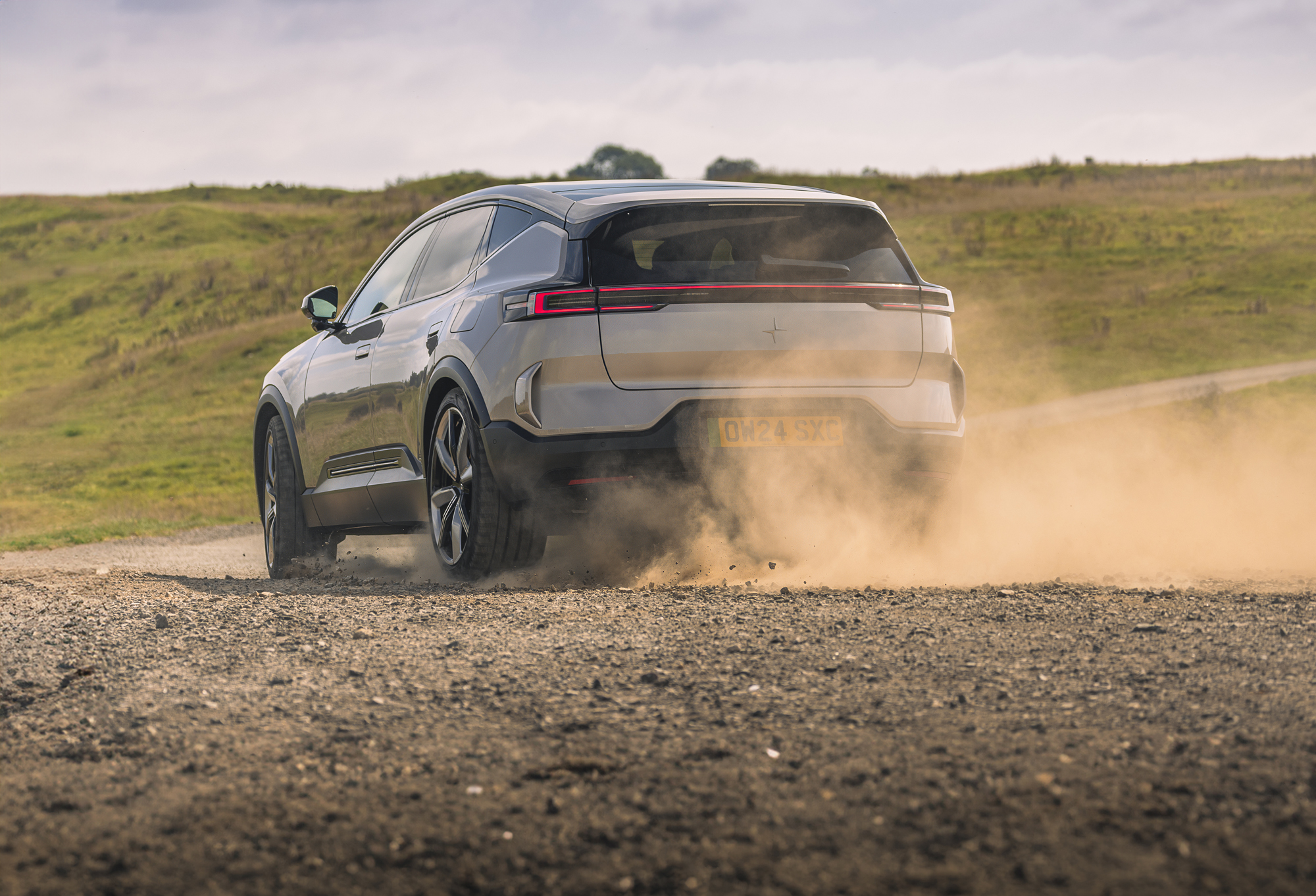
Verdict
THE UPSTART EMERGES AHEAD
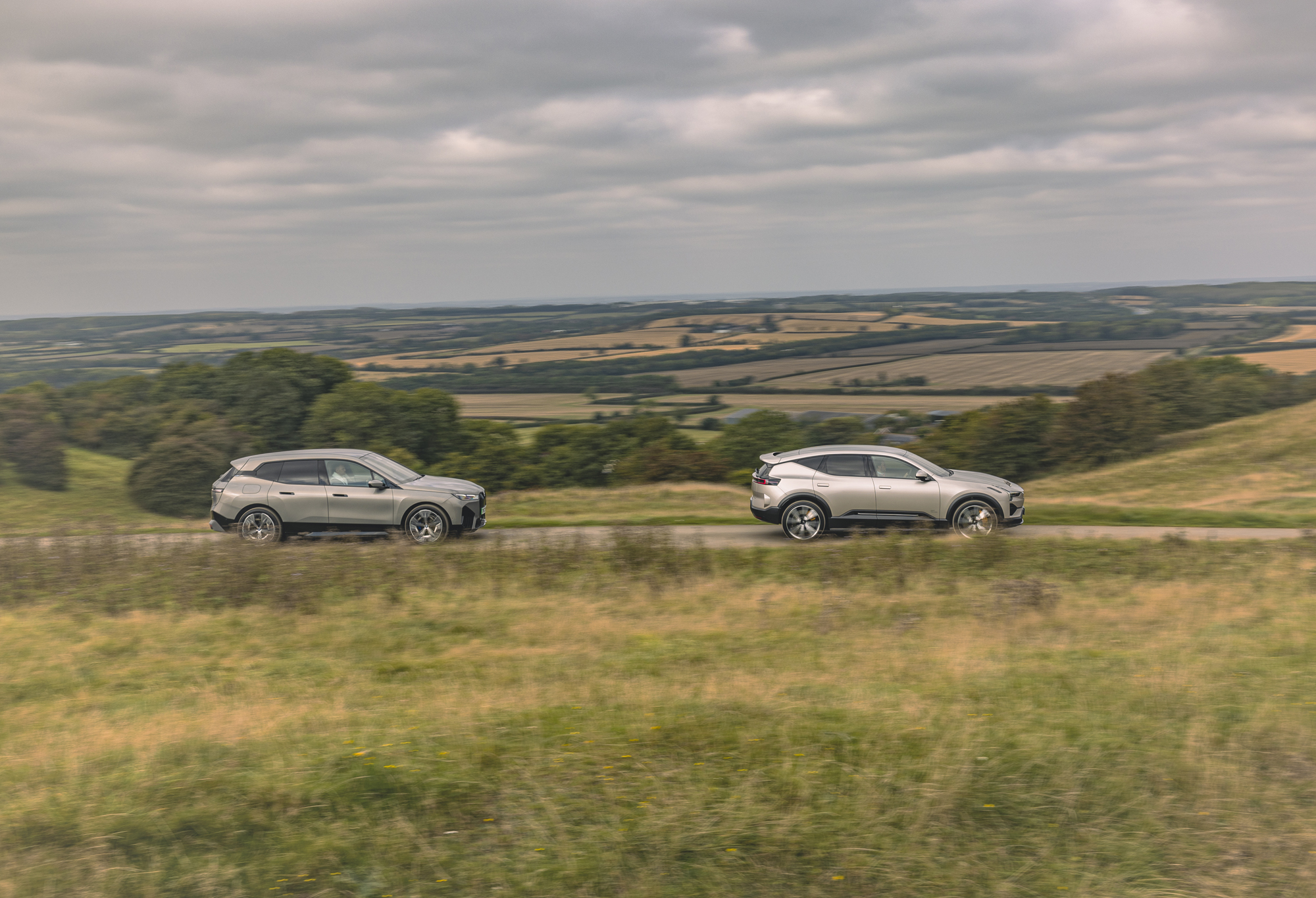
BMW’s most famous refrain – the ultimate driving machine – has definitely been stretched of late. Anyone fancy a trackday in a 220i Active Tourer? And the iX could easily have joined the ranks of undistinguished family-sized EVs and still sold well based on the prestige attached to the BMW badge. But the iX – a car we’ve praised in its various guises since it launched in 2021 – is a cut above. Despite being tall and heavy, it actually drives well. Other EVs are more comfortable, some drive better, but few offer such a convincing combination of the two. There’s a satisfying balance to it all.
This is not the automotive equivalent of a washing machine, whatever the looks might seem to suggest. It goes a usefully long way on a charge. It’s plenty fast enough. The infotainment works well. Chuck in the company car tax breaks that EVs attract and you can see why buyers have flocked to the iX.
The Polestar doesn’t have the same pedigree, and plenty of civilians are still unaware of what the brand is all about. The 3 will help change that.
It is far from perfect. It doesn’t have an interface as clever and intuitive as iDrive. Its boot is compromised. Polestar doesn’t have anything like BMW’s well established and respected dealer network. Boring reasons they may be, but they all matter hugely in this part of the market.
And yet the Polestar’s appeal sneaks up on you. It starts with the looks – it’s not exactly elegant but next to the BMW a sumo wrestler in a mankini would look svelte. The cabin design is fresh and modern. And then it surprises with the way it drives. It’s more enjoyable than an electric SUV needs to be, because it has depth and engineering integrity. The Polestar 3 takes the battle to the BMW iX and comes away the winner – not by a massive margin, but enough to lure some natural BMW buyers away from the default choice.
1st
POLESTAR 3
Shows family can be fun. Good value, pretty and decent to drive
2nd
BMW iX
A very close runner-up. The frumpy BMW is more comfortable, rides better and has a better boot, but doesn’t drive quite as well
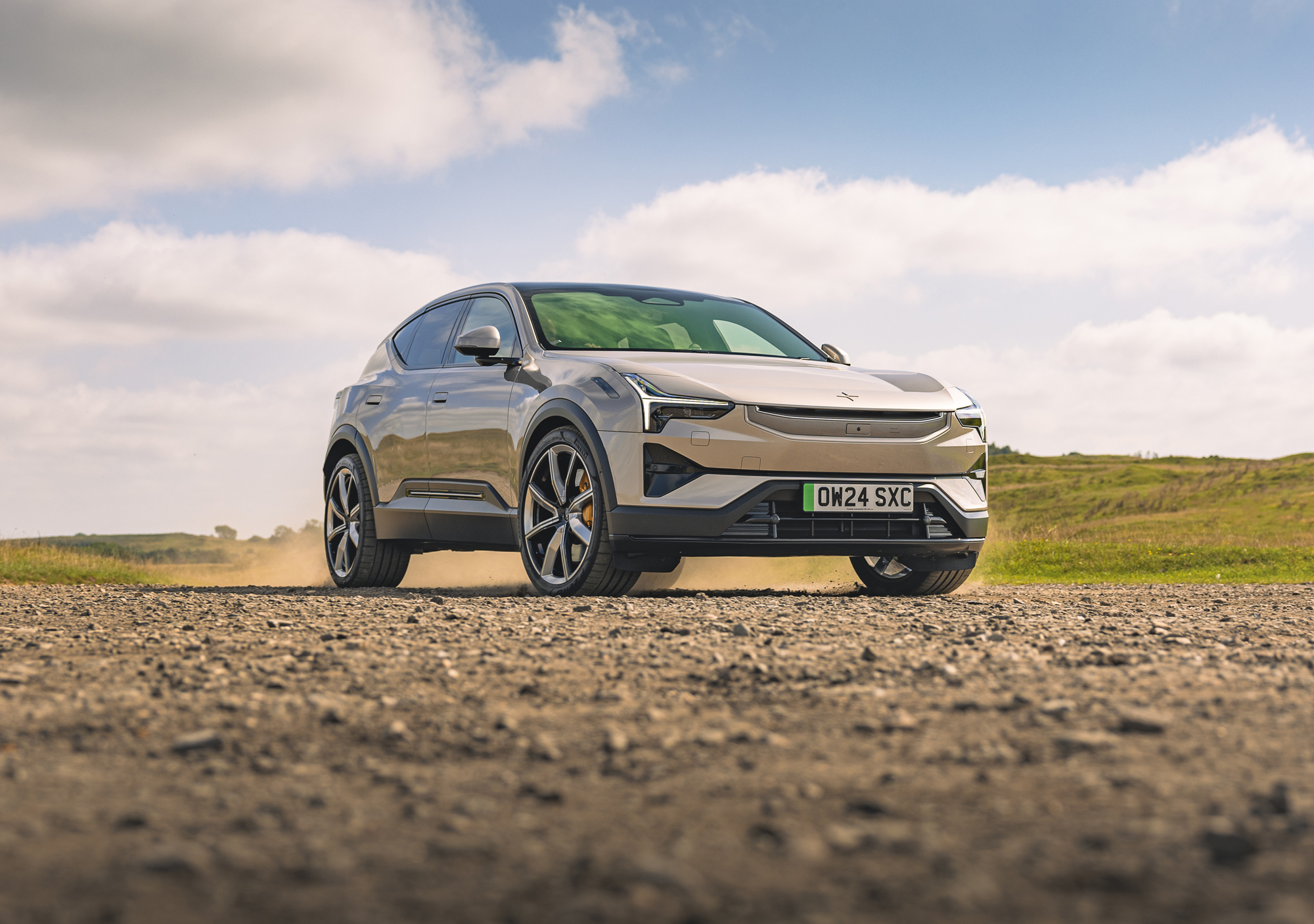
Facts & Figures | Polestar 3
What’s the line-up?
As befits the design of the cars, things are simple at Polestar. There are three 3s to choose from: Long Range Single Motor (rear-wheel drive, misses out on the trick diff), our test Long Range Dual Motor or the same twin-motor set-up with the Performance pack that nets another 27bhp.
Data
Price £75,900
Powertrain 107kWh battery, twin e-motors, all-wheel drive
Performance 483bhp, 620lb ft, 4.8sec 0-62mph, 130mph
Weight 2584kg
Efficiency 4.7-5.0 miles per kWh (claimed), 2.4 miles per kWh (tested), 392-mile range (claimed), 257-mile range (tested)
Length/width/height 4900/2120/1614mm
Boot capacity 484-1411 litres
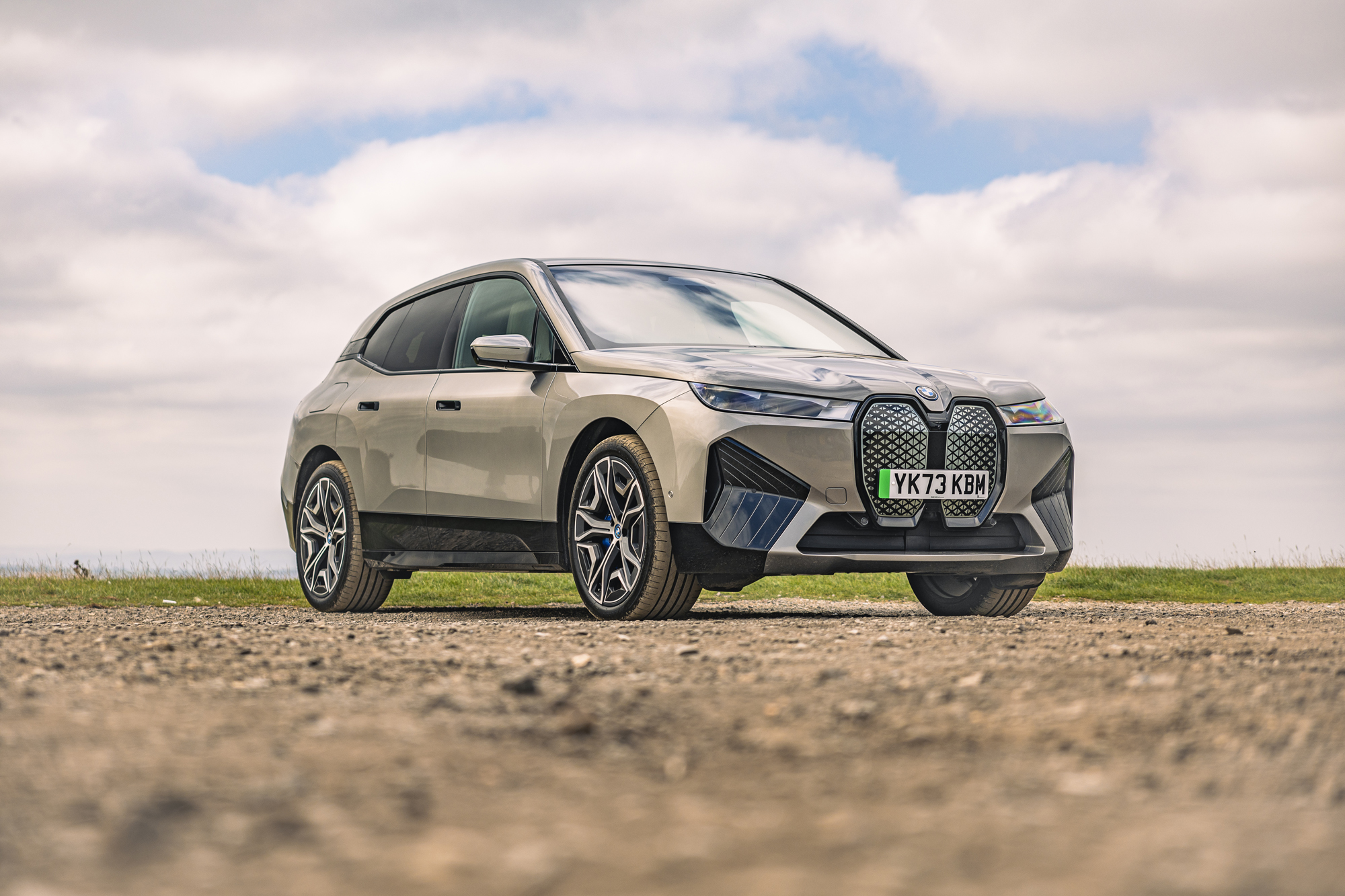
Facts & Figures | BMW iX
What’s the line-up?
Three trims – Sport, M Sport and M – make up the iX range, along with three powertrains: 40, 50 and (only in the M version) 60. Like the Polestar, it’s terrifyingly easy to boost the purchase price – our 50 M Sport test car has nearly £15k of optional extras, such as the Sky Lounge pack (£3675 for a sunroof and sun protection glass).
Data
Price £104,285
Powertrain 109kWh battery, twin e-motors, all-wheel drive
Performance 516bhp, 564lb ft, 4.6sec 0-62mph, 124mph
Weight 2585kg
Efficiency 2.9-3.1 miles per kWh (claimed), 2.5 miles per kWh (tested), 365-383-mile range (claimed), 272-mile range (tested)
Length/width/height 4953/1967/1695mm
Boot capacity 500-1750 litres

